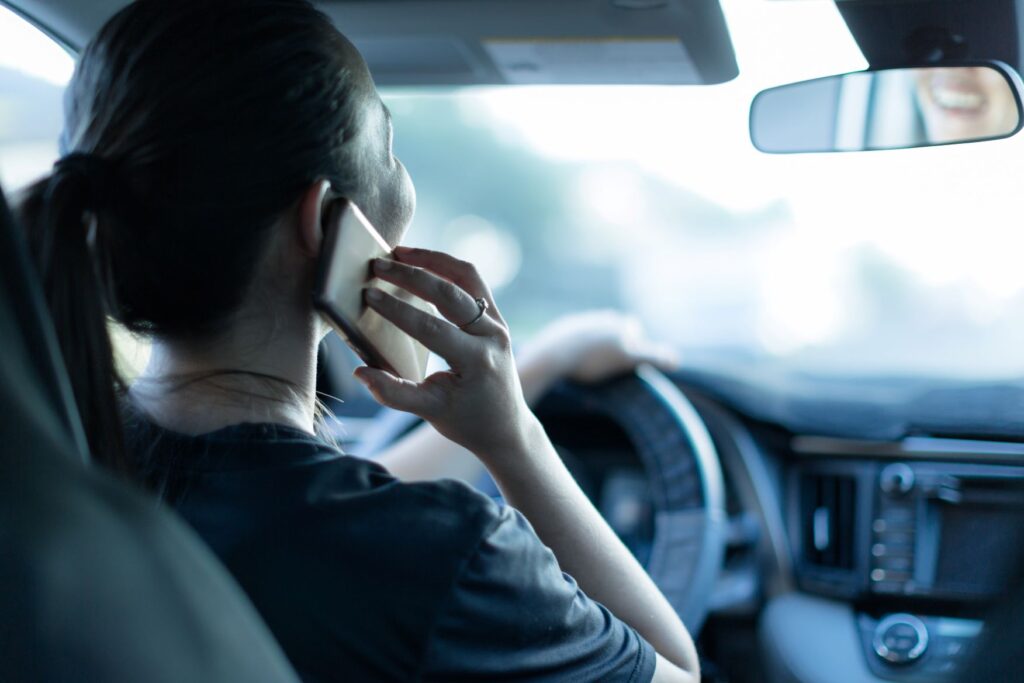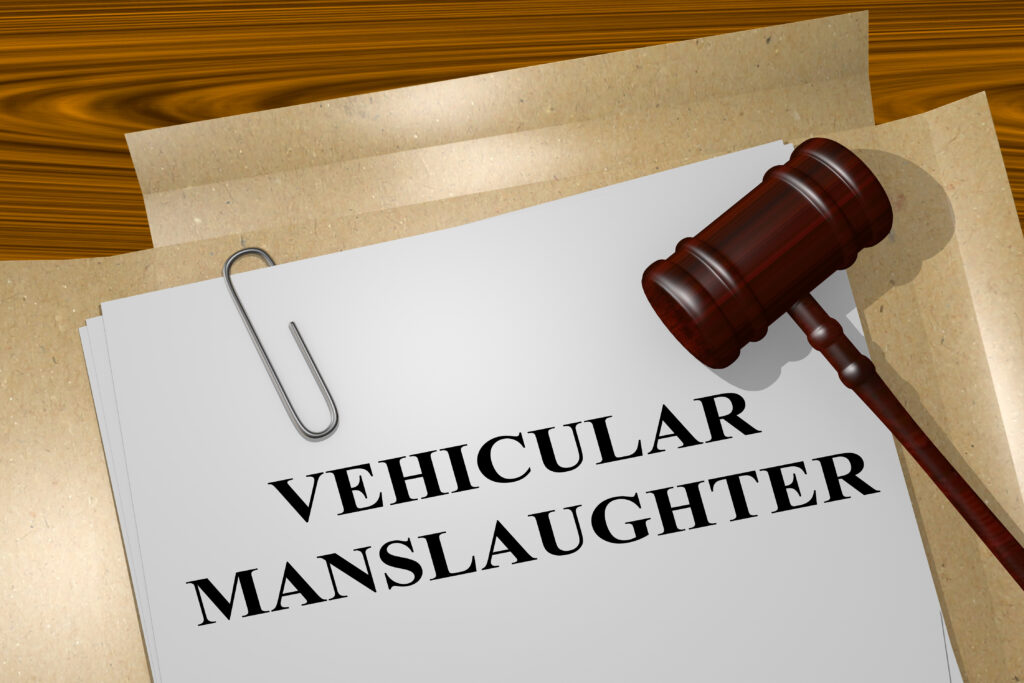Now Reading: What You Need to Know Before Filing for a PIP Claim
-
01
What You Need to Know Before Filing for a PIP Claim

What You Need to Know Before Filing for a PIP Claim
PIP insurance is called “no-fault” or “medical payment” insurance. Such policies are required by law in certain states and are optional in others. The goal is to eliminate the need for individuals to go after the at-fault driver’s insurance company to cover medical costs incurred by an auto accident.
PIP covers medical expenses such as doctor’s appointments, MRIs, x-rays, prescriptions, and even transportation to and from the hospital. However, it does not cover lost wages, pain, suffering, or property damage.
If you have regular health insurance, your PIP claim would only be for any outstanding costs once your deductible is met. Keep in mind that if you have health and PIP insurance, you’d be wise to use your health insurance first and then file a PIP claim for the remaining costs.
Who Is Covered by PIP Insurance?
The short answer is that if you live in a state requiring PIP insurance, then you are covered. However, some exceptional circumstances may affect your coverage. Pregnant women, passengers with special needs, and passengers in the vehicle who are minors are all covered by PIP insurance.
Remember that those living outside the car, such as pedestrians or bicyclists, are not covered. PIP insurance is designed to pay out not only to you but also to your passengers. However, if you or your passenger is not legally allowed to be in the car, you may have to cover the costs yourself. The following individuals are not covered by PIP insurance:
- You or your passengers are influenced by drugs or alcohol.
- You are not legally allowed to drive or be in the vehicle, such as if you have a driver’s license that has been revoked.
- You are a pedestrian or bicyclist.
- You live in the car, and it is not insured.
How Much Is PIP Insurance Worth?
The amount each state determines for the amount of PIP insurance coverage has been the subject of debate for many years. The consensus is that the current PIP benefit of $10,000 is insufficient to cover the average cost of a visit to an emergency room. The RAND Corporation estimates that a single visit could cost between $1,000 and $5,000.
The Centers for Disease Control and Prevention (CDC) found that the average cost of an emergency room visit is approximately $1,035, of which $895 is covered by PIP insurance. Just as with any insurance, there is always the chance that you will not file a claim for your injuries. This is why insurance companies can set a low premium for such policies.
Auto Repair Estimate and PIP Benefit
PIP does not cover lost wages, pain, suffering, or property damage. Therefore, if your car is damaged, you must take care of that yourself. If you cannot fix it, you may want to hire an attorney to brief you on laws regarding Personal Injury Protection (PIP) so that you can be aware if you have grounds for a lawsuit against the at-fault party.
However, you can file a PIP claim for the remaining costs if you have an auto repair estimate. Remember that there is a 15-day waiting period between the time you receive an estimate and when you can file a claim.
Should You File a PIP Claim?
This is a tricky question and one that only you can answer. The main reason to file a PIP claim is that your health insurance may not cover certain costs. Although PIP may not cover everything, it is a resource that you should not ignore. Even if you do not think you need to file a claim, you should still be familiar with the process.
Remember that not all hospitals file claims directly with your insurance company. Moreover, if you receive treatment from an out-of-network provider, you may want to try to negotiate the cost yourself. The last thing you want is to file a PIP claim only to discover that you are at the insurance company’s mercy.
Therefore, if you believe you need to initiate a PIP claim, you should keep the essential steps involved in mind to help you get started. These steps include:
- Contact your insurance company: The first step is to contact your insurance company and file a claim. You’ll need to provide them with information about the accident, including the date, time, and location of the accident, as well as the names and contact information of the other drivers involved.
- Gather documentation: You should gather documentation to support your claim, such as medical bills, lost wage statements, and police reports. You should also keep copies of all correspondence with your insurance company.
- Complete the claim form: Your insurance company will provide you with a claim form that you’ll need to complete. The form will ask you to provide information about the accident, your injuries, and your medical treatment.
- Submit the claim form: Once you’ve completed the claim form, you’ll need to submit it to your insurance company. You can usually submit the form online, by mail, or in person.
- Follow up with your insurance company: It’s important to follow up with your insurance company to ensure your claim is processed promptly. You should also keep track of all correspondence with your insurance company.
Filing a PIP claim can be a complex process, but it’s important to do so as soon as possible after an accident. By following these steps, you can increase your chances of getting the benefits you deserve.
However, if you need assistance with the filing process, working with a legal professional would be an excellent idea. You can get the right legal help by checking out credible websites and other online resources. For example, if you’re from Utah, these resources can help you find a personal injury lawyer in Utah.
Contact a Lawyer for Help
If you live in a state requiring drivers to carry PIP insurance, you must understand how it works. Although PIP insurance does not cover everything, it is a resource that will help you recover quicker from an automobile accident.
If you are unsure whether you should file a PIP claim, do your research first. By familiarizing yourself with the process, you can make an informed decision that will help you get the medical assistance you need as quickly as possible.










